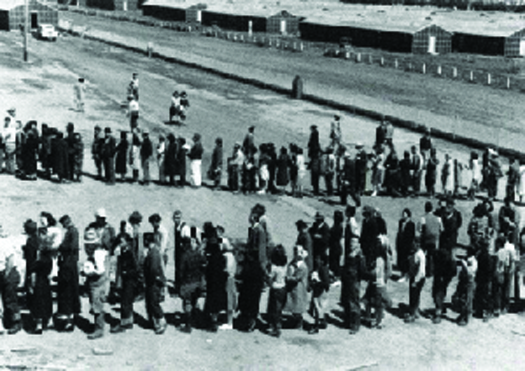| << Chapter < Page | Chapter >> Page > |

Explore the resources at Japanese American Internment and Digital History to learn more about experiences of Japanese Americans during World War II.
The growth of the African American, Chicano, and Native American civil rights movements in the 1960s inspired many Asian Americans to demand their own rights. Discrimination against Asian Americans, regardless of national origin, increased during the Vietnam War. Ironically, violence directed indiscriminately against Chinese, Japanese, Koreans, and Vietnamese caused members of these groups to unite around a shared pan-Asian identity, much as Native Americans had in the Pan-Indian movement. In 1968, students of Asian ancestry at the University of California at Berkeley formed the
Asian American Political Alliance . Asian American students also joined Chicano, Native American, and African American students to demand that colleges offer ethnic studies courses.
The Asian American movement is no longer as active as other civil rights movements are. Although discrimination persists, Americans of Asian ancestry are generally more successful than members of other ethnic groups. They have higher rates of high school and college graduation and higher average income than other groups.
Laws against homosexuality, which was regarded as a sin and a moral failing, existed in most states throughout the nineteenth and twentieth centuries. By the late nineteenth century, homosexuality had come to be regarded as a form of mental illness as well as a sin, and gay men were often erroneously believed to be pedophiles.

Notification Switch
Would you like to follow the 'American government' conversation and receive update notifications?